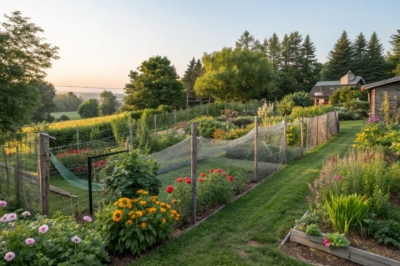1. Create a Comprehensive Barrier
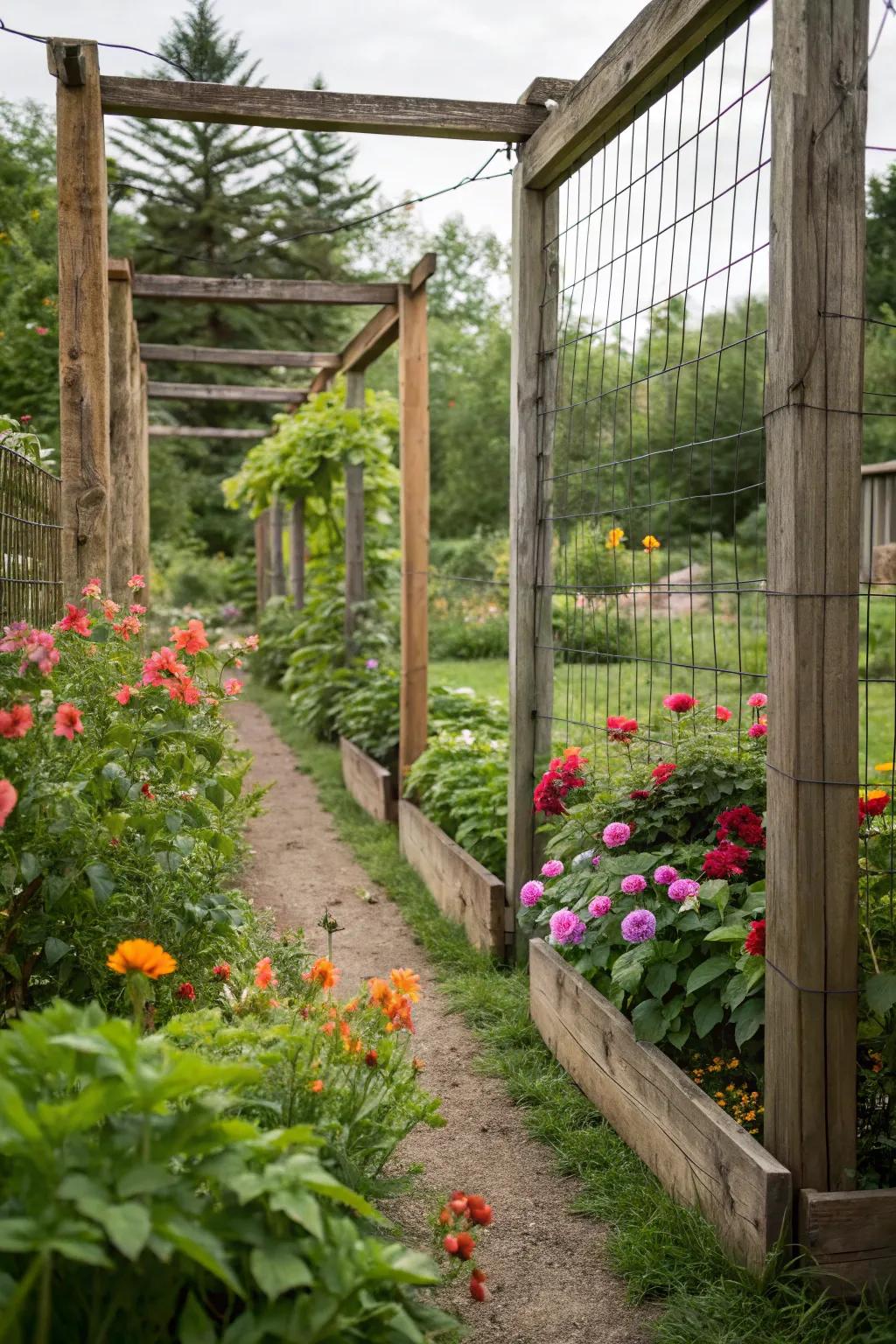
For a bulletproof solution, consider enclosing your garden with a full-frame barrier. I’ve built a wooden and wire cage around my garden that even the craftiest squirrel can’t penetrate.
Products that could assist:
- Garden Fence Kit: Secure your garden with a durable fence kit to keep out unwanted critters effectively.
- Heavy-Duty Wire Mesh: Protect your plants by installing robust wire mesh for an impenetrable garden barrier.
- Wooden Fence Posts: Build a sturdy garden enclosure with reliable wooden fence posts for long-lasting protection.
2. Use Mesh Covers

Drape mesh covers over your plants to protect them from birds and small animals. It’s a simple trick that has kept my lettuce intact through many seasons.
These products might help:
- Garden Netting Roll: Protect your plants easily from birds and critters with durable, versatile garden netting.
- Mesh Plant Protection Covers: Keep your garden safe from pests using handy mesh plant protection covers.
- Heavy Duty Bird Netting: Secure your vegetable patch by using robust bird netting for effective critter control.
3. Use Ultrasonic Repellers
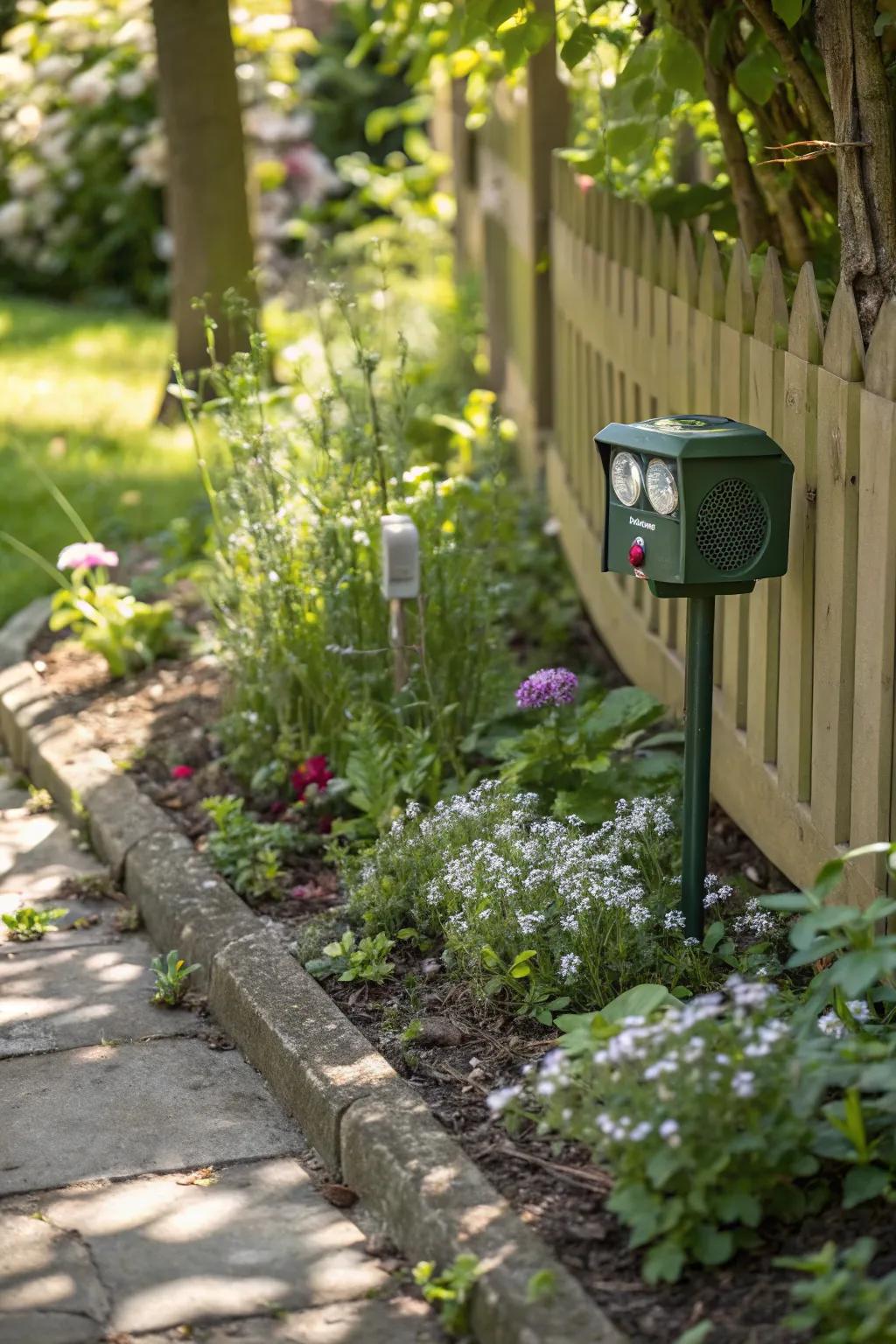
Set up ultrasonic repellers to ward off critters with sound waves. This high-tech solution has been surprisingly effective in my garden.
Consider these options:
- Outdoor Ultrasonic Animal Repeller: Ward off unwelcome critters effortlessly with this outdoor ultrasonic animal repeller. Easy and effective.
- Solar-Powered Ultrasonic Pest Repeller: Keep your garden safe with this eco-friendly, solar-powered ultrasonic pest deterrent device.
- Motion-Activated Ultrasonic Repeller: Utilize motion-activated technology to protect your garden from pests with ultrasonic sound.
4. Implement Companion Planting
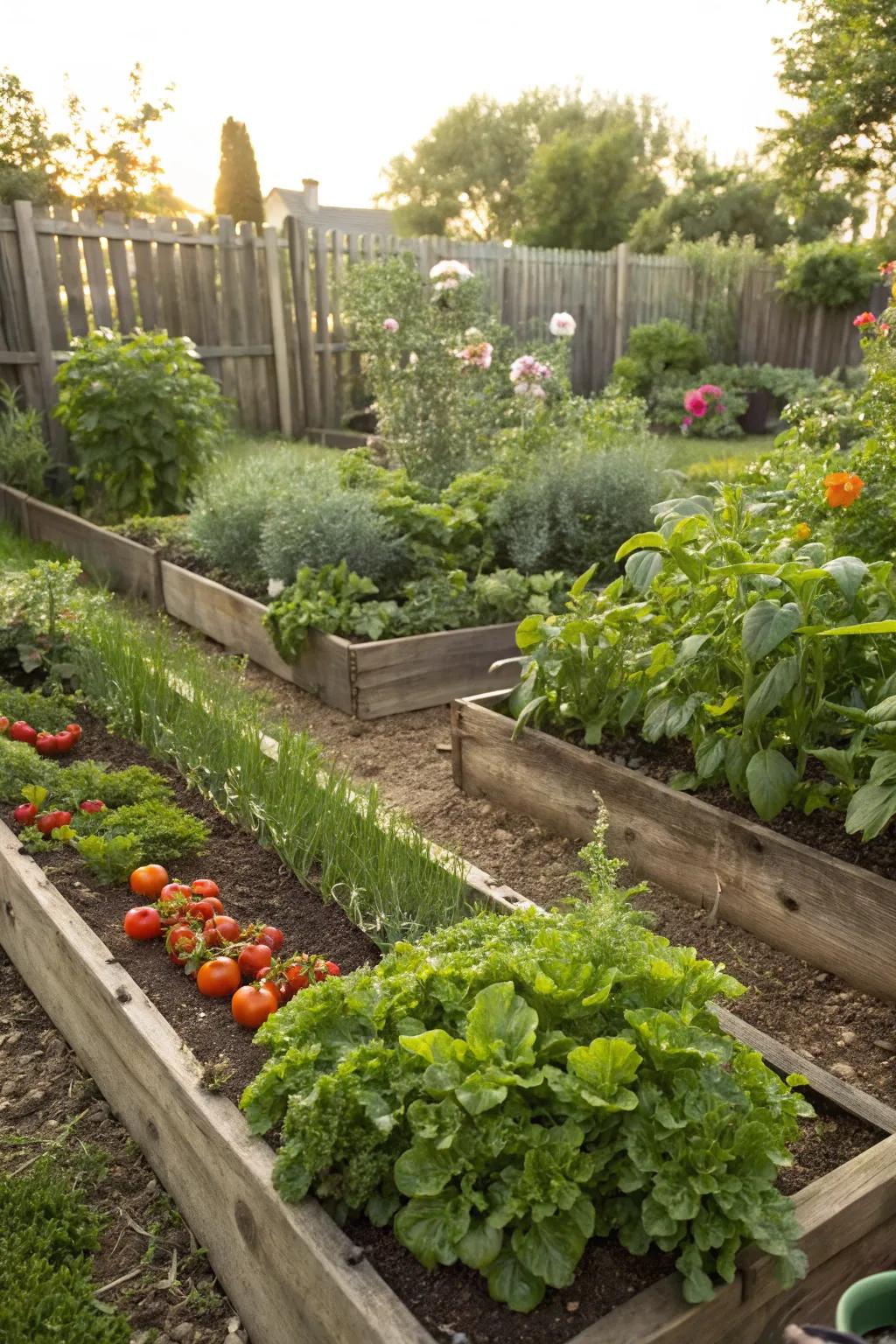
Companion planting with fragrant herbs like mint and lavender can deter critters. I’ve interspersed these plants throughout my garden, and they work wonders.
Some handy options:
- Organic Mint Seeds: Grow fragrant mint in your garden to naturally deter critters and enhance your plants’ health.
- Lavender Planting Kit: Plant lavender to create a fragrant barrier that enhances your garden’s beauty and repels pests.
- Herb Companion Planting Book: Explore the benefits of companion planting with herbs to maximize garden productivity and protection.
5. Incorporate Reflective Mulch

Use reflective mulch to deter critters and boost plant growth. It’s been a win-win for both protecting my garden and enhancing its vitality.
A few helpful options:
- Reflective Silver Mulch Film: Enhance plant growth and deter pests by using reflective silver mulch film in your garden.
- Metallic Reflective Row Covers: Protect your plants from critters while boosting growth with metallic reflective row covers.
- Reflective Garden Ground Cover: Shield your garden from pests and promote vitality with reflective ground cover sheets.
6. Host a Garden Party for Beneficial Insects
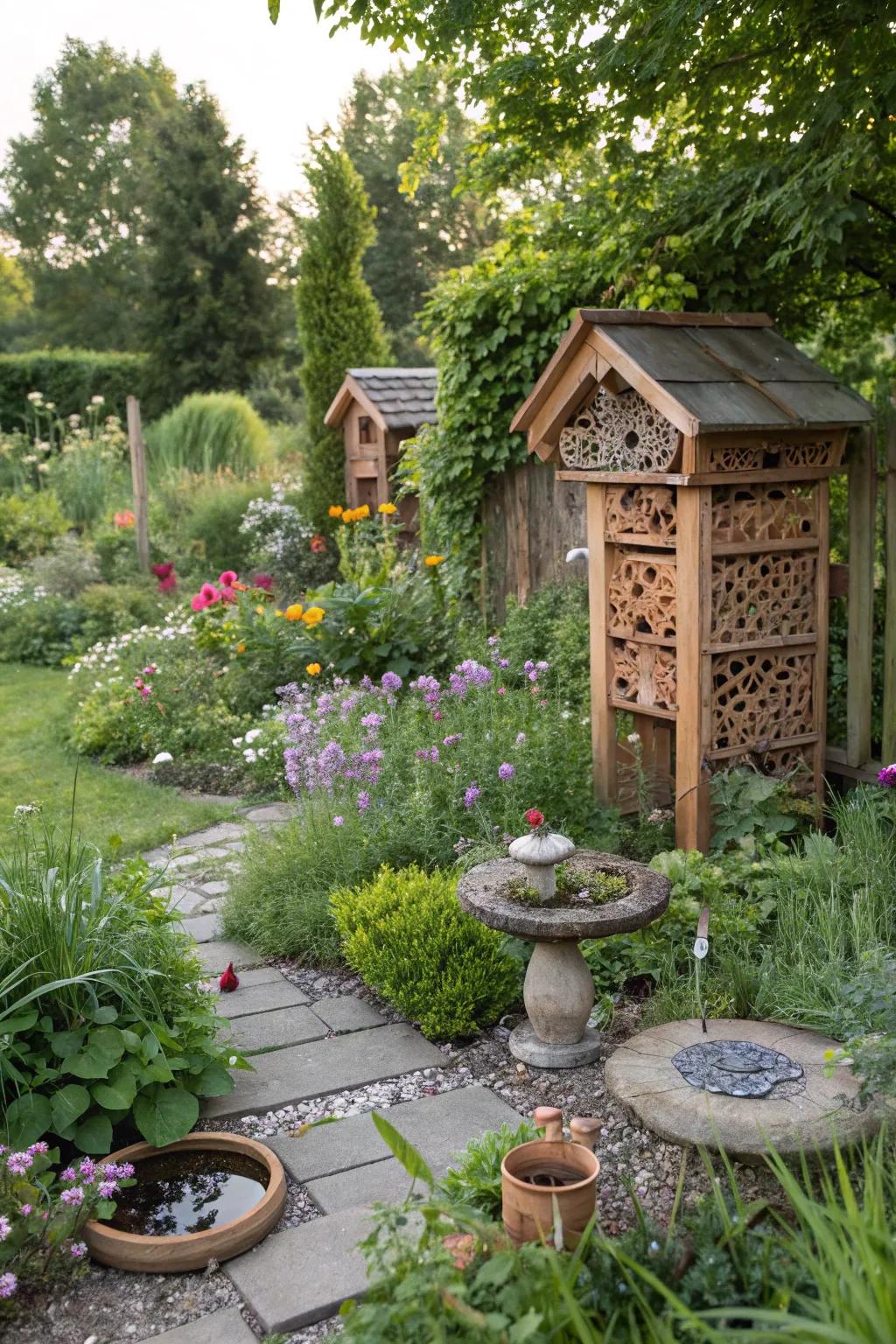
Create a habitat for beneficial insects like ladybugs and lacewings. By providing shelter and water, I’ve turned these tiny helpers into my garden’s best defense.
Try these:
- Insect Hotels for Gardens: Invite beneficial insects with cozy insect hotels, boosting your garden’s natural pest defense.
- Birdbath Water Fountain: Add a charming birdbath to provide water for helpful garden allies and enhance your space.
- Bee Bath Stones: Use bee bath stones to ensure gentle hydration spots for pollinators and beneficial insects.
7. Install Cat Scat Mats
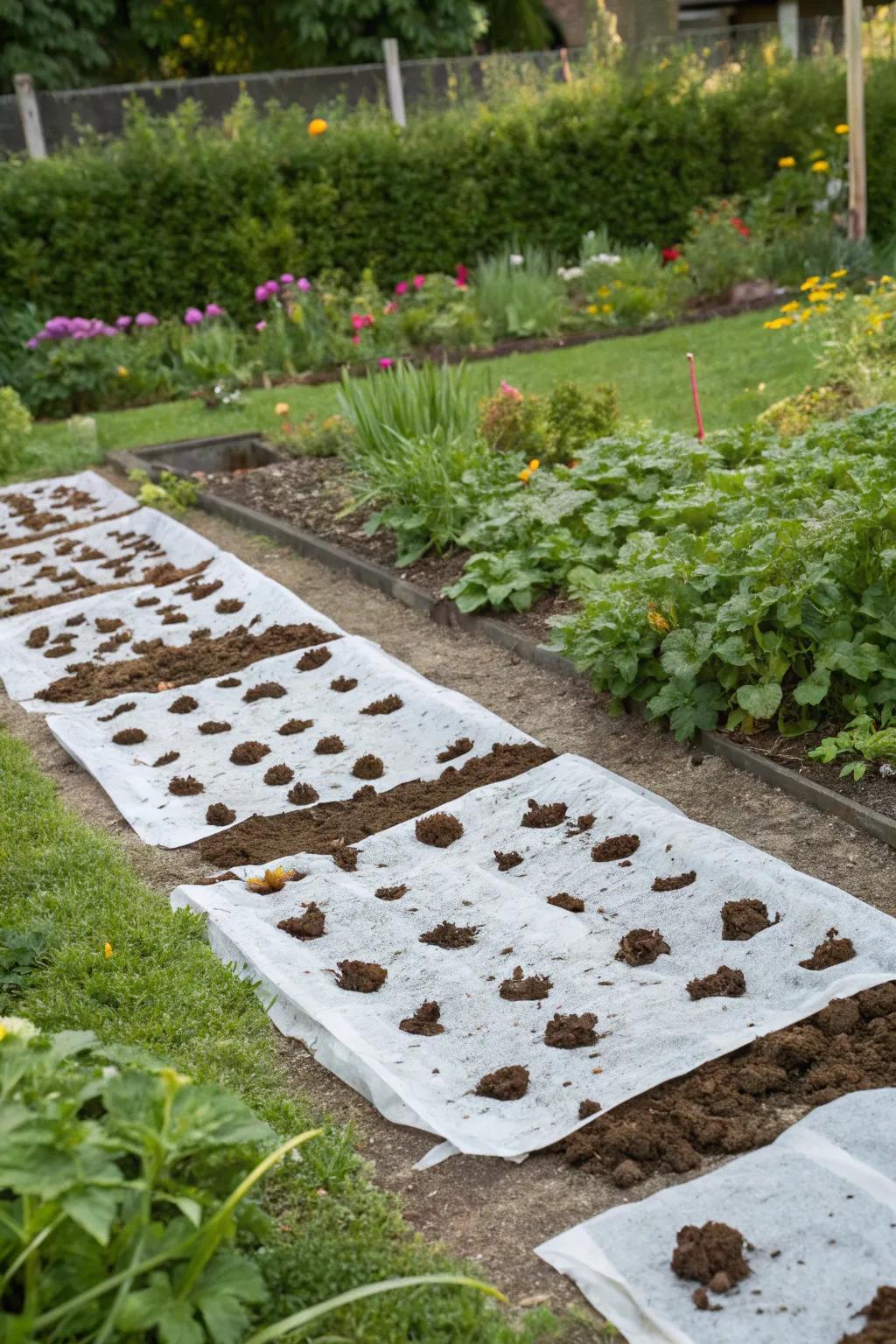
Lay down cat scat mats to keep critters from invading your garden. These mats have been a game-changer for deterring unwanted visitors.
Items that may come in handy:
- Cat Scat Mat with Spikes: Protect your garden by deterring unwanted critters with puncture-free, flexible scat mats.
- Prickle Strip Garden Barrier: Keep pests away effortlessly using these easy-to-install garden-friendly prickle strips.
- Outdoor Animal Deterrent Mats: Ensure a critter-free garden with adjustable, reusable deterrent mats that fit any space.
8. DIY Deterrents
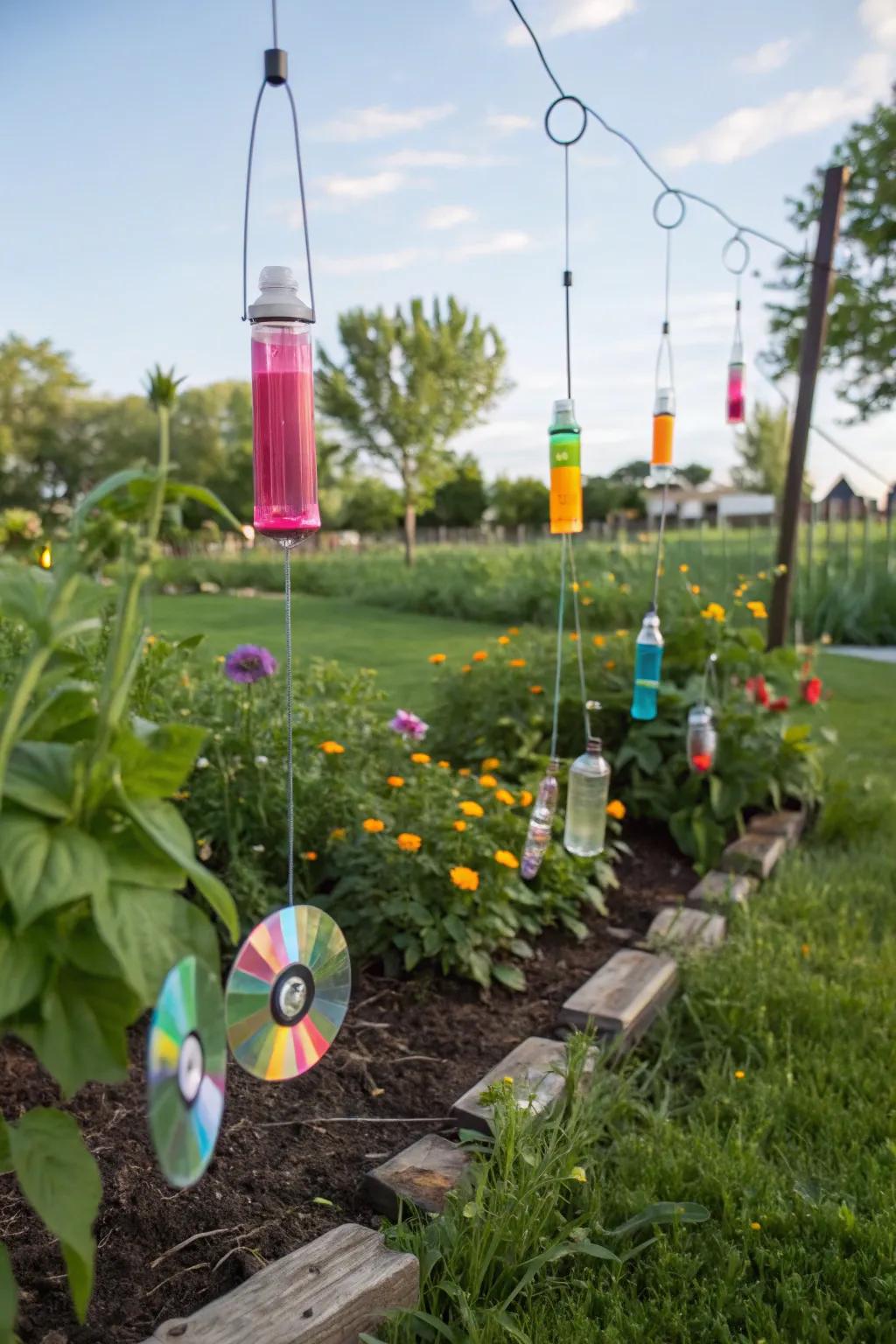
Get creative with DIY deterrents using materials like recycled bottles or old CDs. I love how these homemade solutions add a personal touch to my garden while keeping critters out.
Maybe worth checking out:
- Garden Hanging Hooks: Easily hang bottles and CDs in your garden to keep critters away stylishly.
- Colored Water Bottles: Fill colorful bottles and hang them to add charm while deterring critters from your garden.
- Reflective CDs Bulk Pack: Use reflective CDs to create an appealing and effective critter deterrent in your garden.
9. Invite Predator Birds
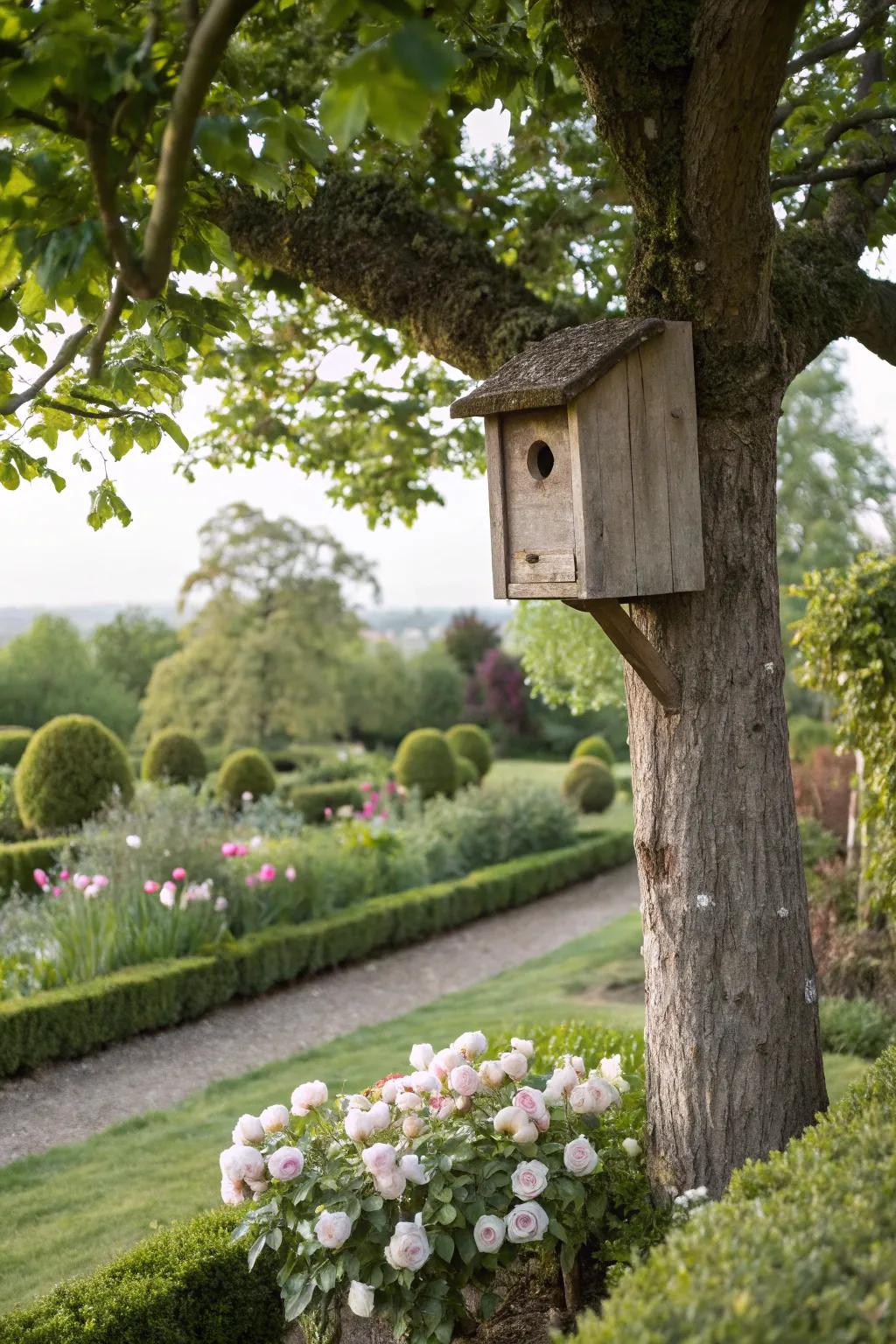
Attracting predator birds like owls can naturally control critter populations. Installing an owl box in my garden has kept small mammals in check.
Explore these options:
- Owl Nesting Box: Install an owl nesting box to attract natural rodent control predators easily and effectively.
- Bird Feeder with Squirrel Guard: Use a bird feeder with a squirrel guard to attract birds while keeping away pesky critters.
- Garden Bird Bath: Add a bird bath to your garden for attracting birds and enhancing your outdoor space beauty.
10. Install Owl and Bat Houses
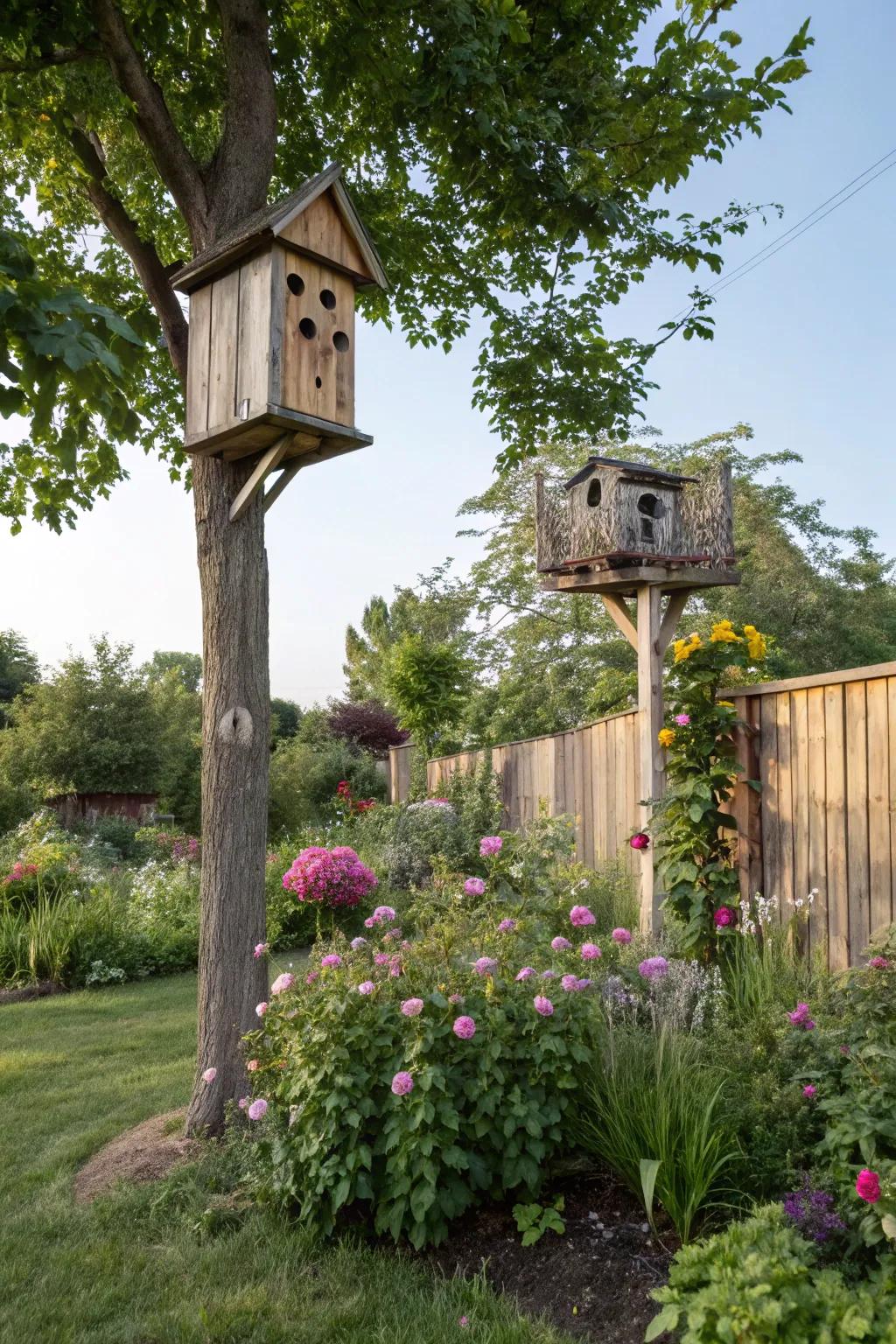
Encourage owls and bats to visit by installing houses for them. These creatures have kept the insect and rodent population down in my garden.
Possibly helpful picks:
- Wooden Owl House: Attract owls naturally to reduce pests by installing this durable, eco-friendly wooden owl house.
- Bat House Kit: Enhance your garden’s ecosystem by assembling this easy-to-install bat house kit.
- Dual Chamber Bat House: Support bat populations and pest control with this spacious dual chamber bat house.
11. Utilize Natural Repellents
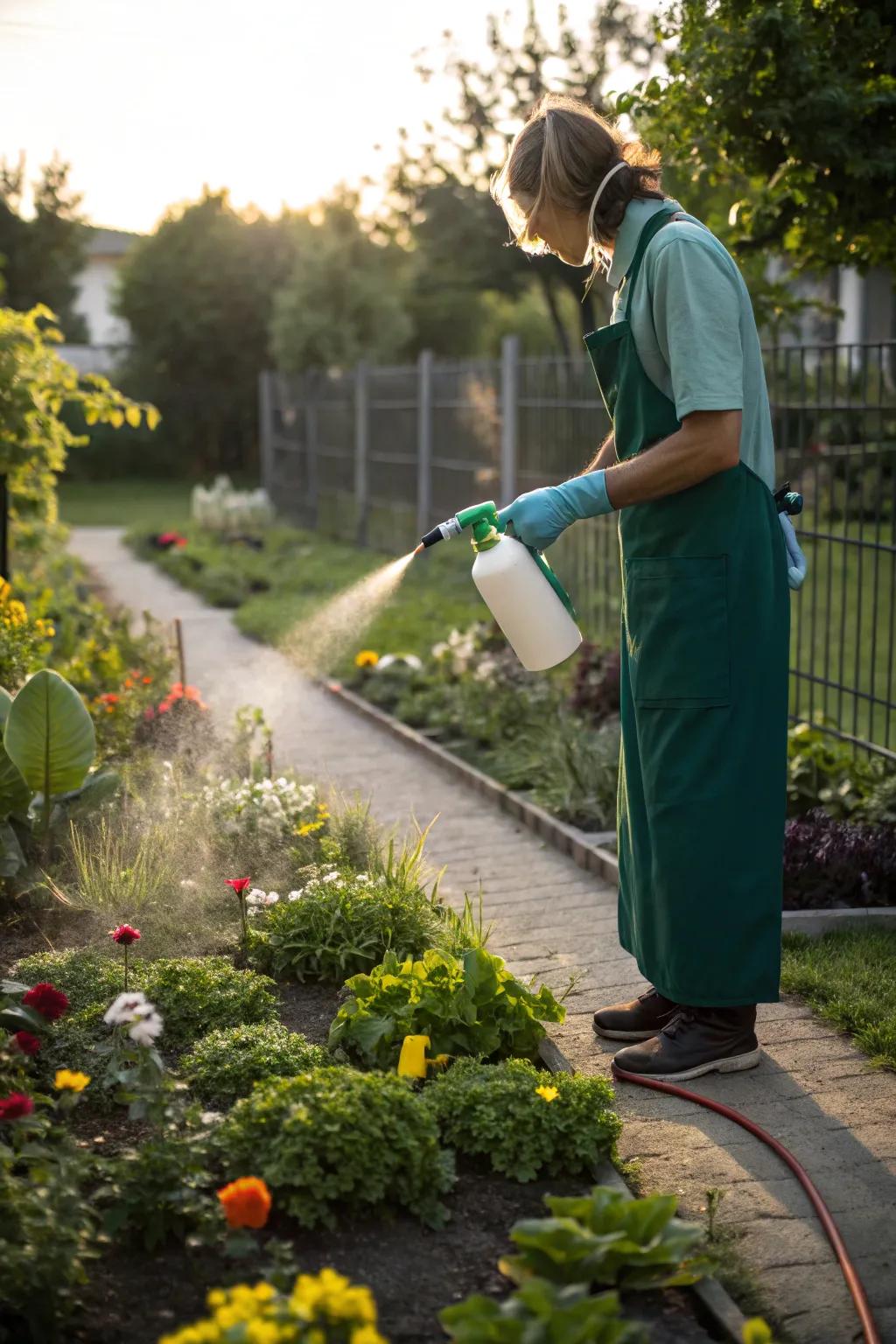
Spray plants with natural repellents like garlic or hot pepper solutions. These have been my go-to for protecting tender young plants.
Some ideas to consider:
- Garlic Garden Spray Concentrate: Keep critters away naturally by spraying plants with this garlic-based solution. Easy to use!
- Hot Pepper Plant Spray: Protect your garden effectively with this natural hot pepper spray. Ideal for young plants!
- Garden Sprayer Bottle: Experience hassle-free plant care with this refillable garden sprayer for natural repellents.
12. Use Predator Urine
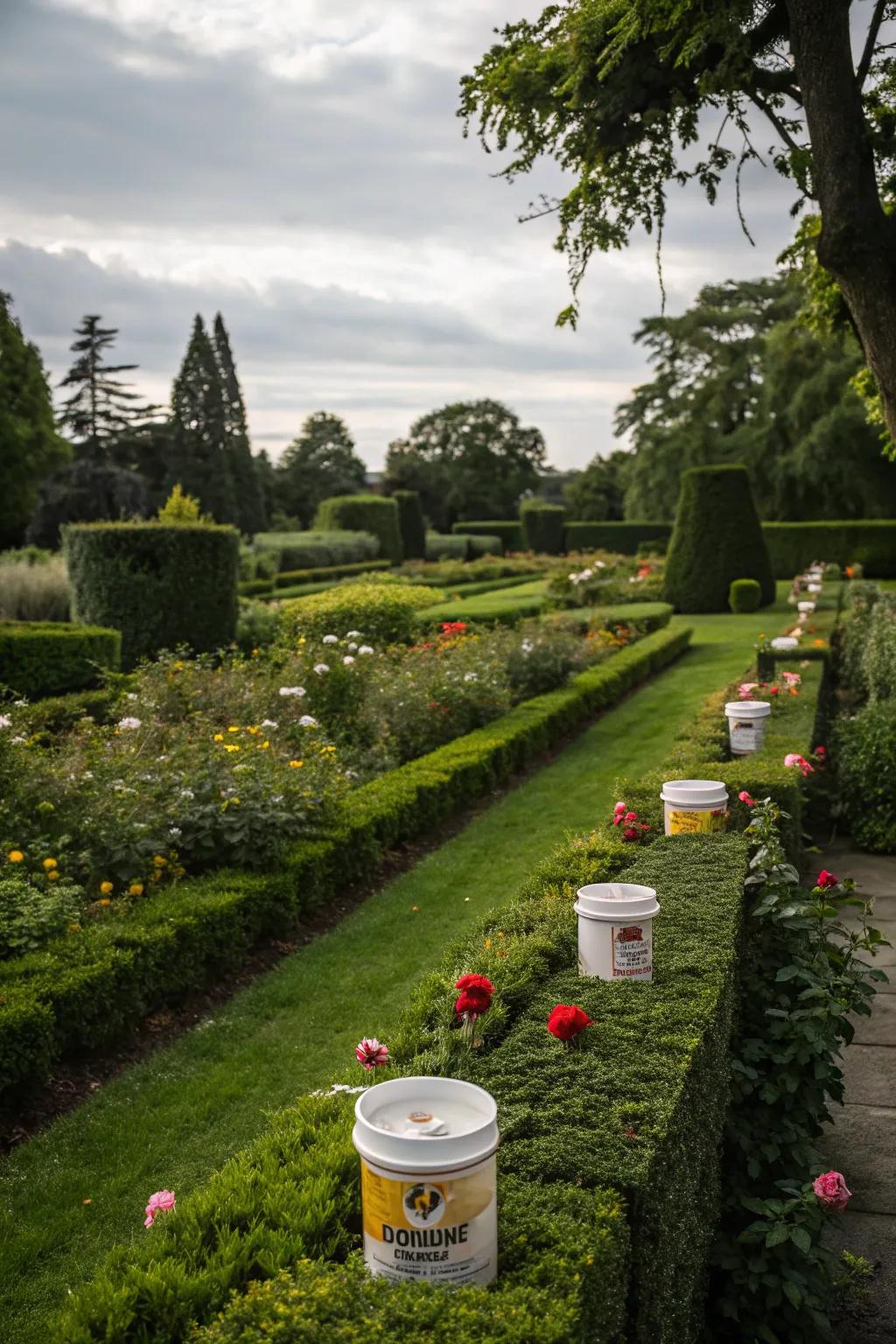
Believe it or not, using predator urine can suggest danger to critters. I’ve seen how this natural method makes raccoons and deer think twice about entering my garden.
You might like:
- Predator Urine Repellent: Deter critters naturally by applying predator urine around your garden. Keep them at bay!
- Garden Animal Deterrent Spray: Use animal deterrent spray to create a scent barrier, discouraging garden intruders effectively.
- Natural Scent Predator Granules: Scatter predator granules to signal danger to critters, maintaining a critter-free garden space.
13. Plant Unappealing Vegetables
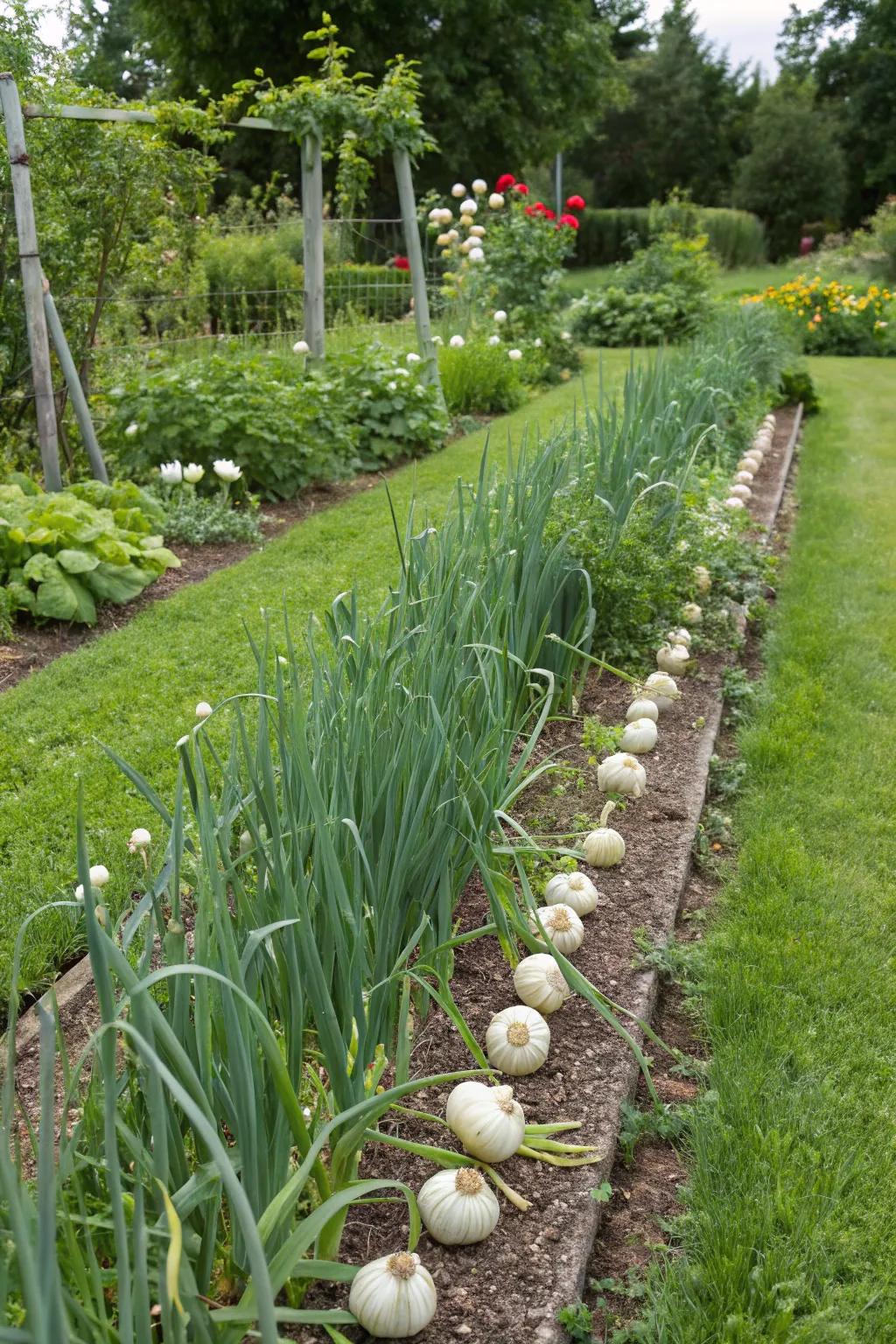
Plant a row of unappealing vegetables like onions or garlic as a barrier. These have kept my more vulnerable crops protected.
Possibly handy products:
- Vegetable Garden Seeds Variety Pack: Start your unappealing vegetable garden easily with a seed variety pack for effective pest deterrence.
- All-Purpose Garden Fertilizer: Boost your garden’s growth with this all-purpose fertilizer for healthier, robust vegetables.
- Raised Garden Bed Kit: Organize and enhance your garden setup with a durable raised garden bed for easy planting.
14. Install Motion-Activated Sprinklers
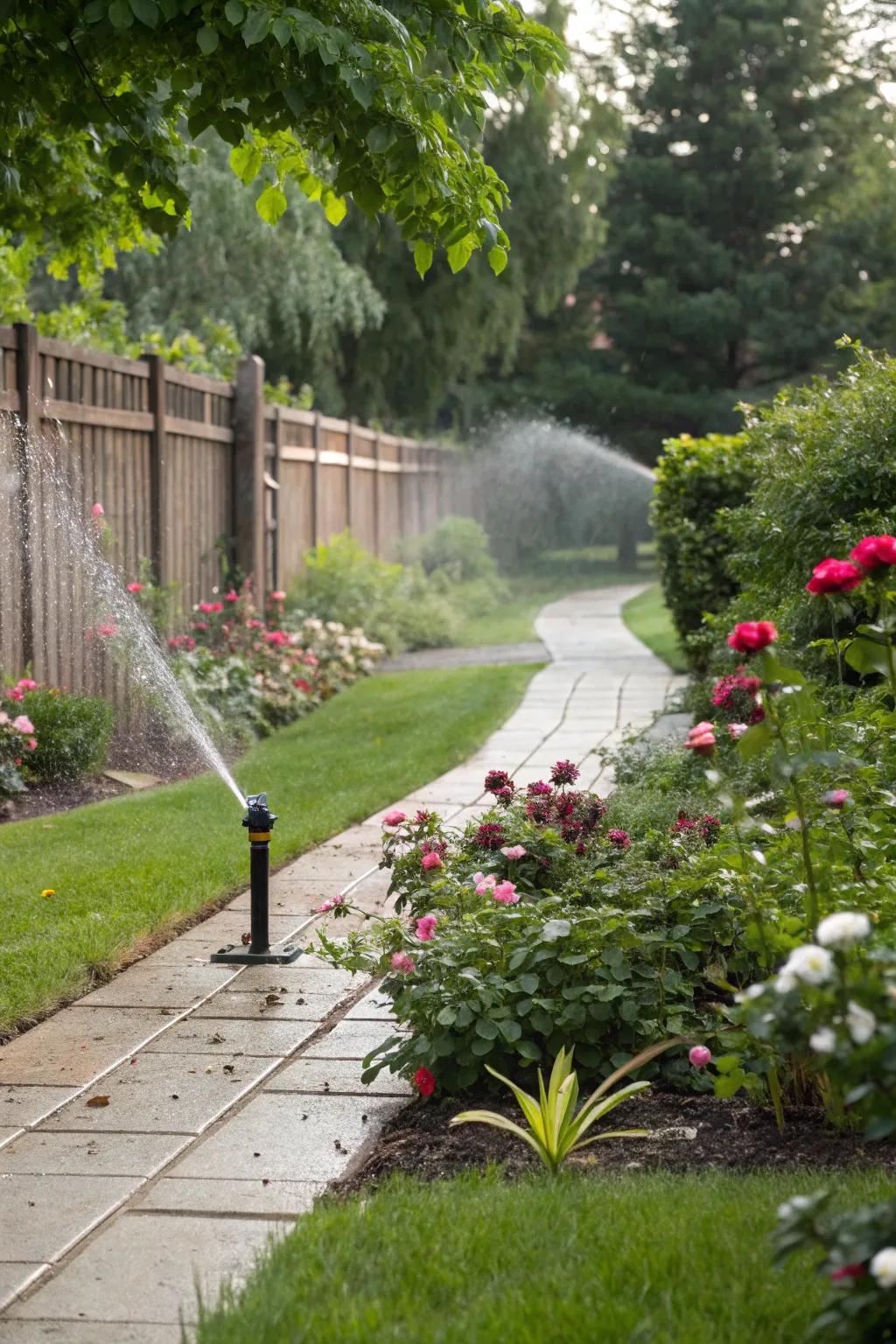
A motion-activated sprinkler is like having a watchdog in your garden. The surprise jet of water has effectively shooed away many unwanted guests from my plants.
Check if these fit your needs:
- Motion-Activated Garden Sprinkler: Deter critters from your garden with a surprise spray. Keep your plants safe effortlessly.
- Irrigation Control System with Sensor: Ensure peace of mind by automatically scaring off unwanted garden visitors with water bursts.
- Outdoor Motion Sensor Sprinkler System: Protect your garden from intrusions with a powerful, unexpected blast of water protection.
15. Install Raised Garden Beds

By using raised garden beds, you elevate your plants out of the critters’ easy reach. This setup has saved my tomatoes from countless ground-dwelling nibblers!
Useful items to consider:
- Wooden Raised Garden Bed Kit: Elevate your garden with this kit to keep pesky critters away from your plants.
- Metal Raised Garden Bed Kit: Use this sturdy metal bed for added durability against critters and weather elements.
- Plastic Raised Garden Bed Kit: Enjoy an easy-to-install plastic bed that effectively reduces critter interference.
